Yes, you can sand rust off metal using sandpaper or a wire brush. Start with coarse grit and gradually use finer grits. After removing the rust, apply a rust converter or primer to prevent future rusting.
Ever wondered if that rusty old metal object can be salvaged? The answer is a resounding yes! In this blog post, we dive into the question, 'Can You Sand Rust Off Metal?' from your perspective. Discover the secrets of rust removal, the right tools for the job, and the step-by-step process to bring your metal treasures back to life. Say goodbye to corrosion woes as we guide you through the transformative journey of sanding away rust, revealing the hidden beauty beneath.
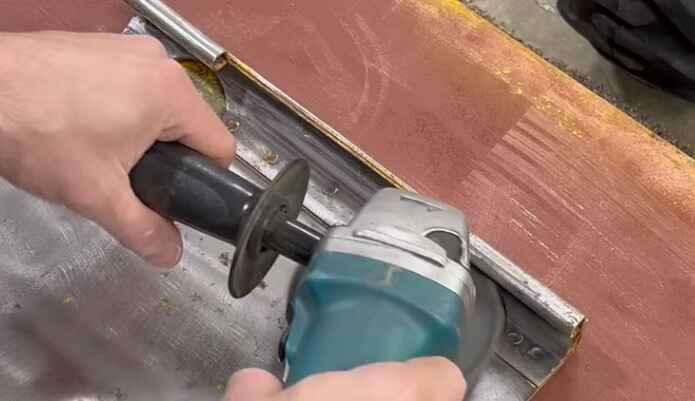
Yes, rust can be removed from the metal. There are various methods for removing rust from metal, such as sanding, chemical rust removal, electrochemical rust removal, and abrasive blasting. Each has advantages and disadvantages, so evaluating which method best meets your needs is important.
Additionally, proper surface preparation and rust prevention measures should be taken to ensure the metal does not get rusty again. It is also important to use the appropriate safety precautions when using any of these methods. With the right approach, rust can be effectively and safely removed from the metal.
Is it better to remove the rust before or after painting the metal?
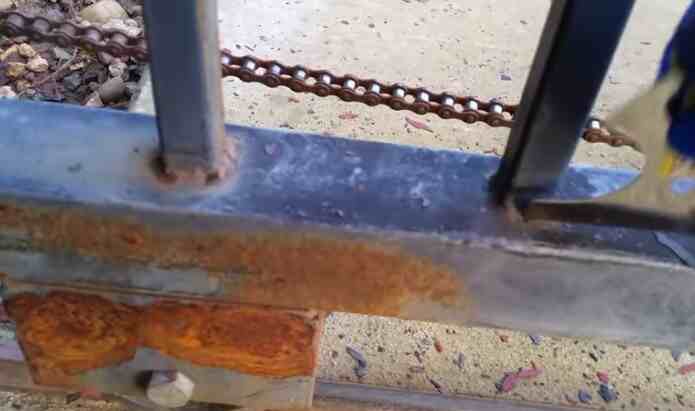
In general, it is better to remove rust from metal before painting. Rust can prevent paint from adhering correctly and can cause the paint to flake off or weaken over time. Removing rust before painting allows you to start with a clean surface that will ensure proper paint adhesion.
If you don't remove rust before painting, the paint will still be able to adhere, but it won't last as long and may peel away more easily. Rust inhibitors can also be used instead of removing the rust completely. These products are applied to the metal surface before painting and help protect against further oxidation and corrosion after painting.
If you decide to remove the rust before painting, you can try a few methods. A wire brush is great for removing loose or light surface rust. You can also use sandpaper, steel wool, or chemical solutions to help loosen and remove the rust. Be sure to thoroughly clean the metal surface with a damp cloth after using any of these methods to remove any residue or particles.
Ultimately, removing rust before or after painting depends on your project needs. Removing rust before painting is recommended for best results, but using a rust inhibitor can also be an effective way to protect against further corrosion and oxidation.
No matter which method you choose, take the time to prepare your metal surface before painting properly. This will ensure the best long-term results and a beautiful finish lasting years.
How to sand rust off metal?
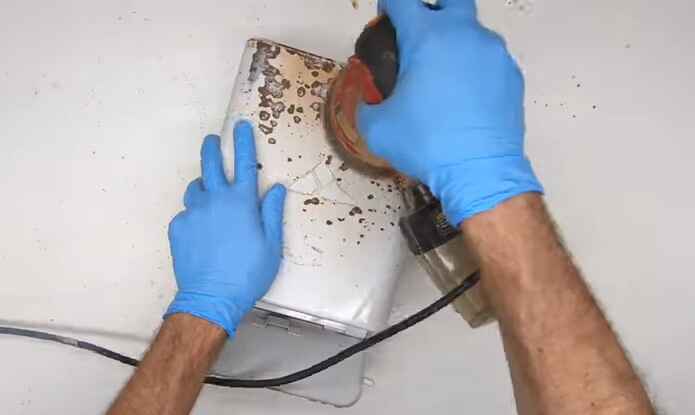
Rust can be a nuisance on metal surfaces, and it's important to remove it to ensure the material's longevity. There are several methods for removing rust from metal, including sanding. If you're wondering how to sand rust off metal, read on for step-by-step instructions!
Step 1: Gather Supplies
Before beginning, you'll need to gather the following supplies:
- Sandpaper in various grades (coarse, medium and fine)
- Hammer and chisel (optional)
- Gloves, dust mask, and protective eyewear
- Vacuum cleaner or brush for cleaning up debris
- Steel wool or wire brush
Step 2: Preparation
Begin using the hammer and chisel to remove any large pieces of rust or loose paint. This step may not be necessary if the rust is minimal. Once you've prepped the area, use a vacuum cleaner or brush to remove debris.
Step 3: Sanding
Once the area is prepped, you can begin sanding. Start with a coarse grade of sandpaper to remove the bulk of the rust, and continue using finer grades until all traces of rust are gone. Use gloves, dust masks, and protective eyewear during this process, as debris will be airborne.
Step 4: Finishing Touches
Once the area is rust-free, you'll want to add a finishing touch for a polished look. Use steel wool or a wire brush over the area for that extra shine before applying paint or sealant.
With these steps, you now know how to sand rust off metal! Sanding is an effective way to remove rust without causing any damage to the material. Always use protective gear when sanding and dispose of the debris properly.
Importance of removing rust from metal
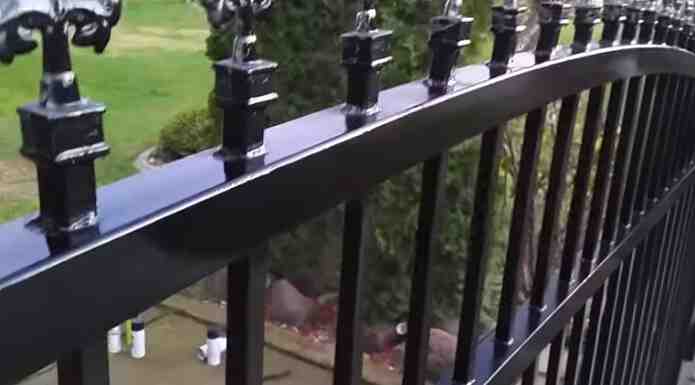
It's important to remove rust from metal for a variety of reasons. Rust can not only damage the appearance of metal objects, but it can also weaken them structurally and lead to costly repair bills if left unchecked.
Here are seven key reasons why removing rust from metal should be part of your regular home maintenance routine:
1. Preventing damage:
Rust corrodes metals, leading to weak spots in structural beams or panels that could fail under strain or sudden pressure. Over time, these weak spots can expand to cover large areas and require expensive repairs or replacements. Regular cleaning and inspection of any exposed metal surfaces can help identify potential problems before they become serious issues.
2. Increasing Longevity:
Removing rust helps reduce wear on metal parts and extends their service life. With proper maintenance, metal components can last considerably longer than those neglected or exposed to harsh weather conditions.
3. Enhancing Aesthetics:
Rust is unsightly and can detract from the beauty of any metal surface. Regular cleaning and removing rust will help keep the metal looking its best, whether part of a garden fence or decorative sculpture.
4. Reducing Maintenance Costs:
Rust removal is far easier and less expensive than replacing corroded parts or dealing with extensive repairs. Regular inspection allows timely spot treatments, preventing further damage and more costly procedures.
5. Preserving value:
If you own property that you plan to resell in the future, rust removal is essential to keeping the value of your investment as high as possible. Adequately maintained metal surfaces can increase the property's curb appeal and attract more buyers.
6. Improving Safety:
Rust on a ladder, railing, or other items that could be used for support could lead to an unsafe situation if not removed. Regular maintenance and inspections can help keep any potential hazards in check.
7. Protecting Against Further Corrosion:
Removing rust from a surface helps create an even layer of protection that guards against further corrosion from environmental factors such as snow, rain, and humidity. This will help keep the metal looking great for many years with minimal effort.
You can maximise their life and value by taking proper care of your metal possessions. Regular rust removal and maintenance allow you to enjoy a safe and beautiful home environment for years.
What kind of paint should you use on rusty metal?
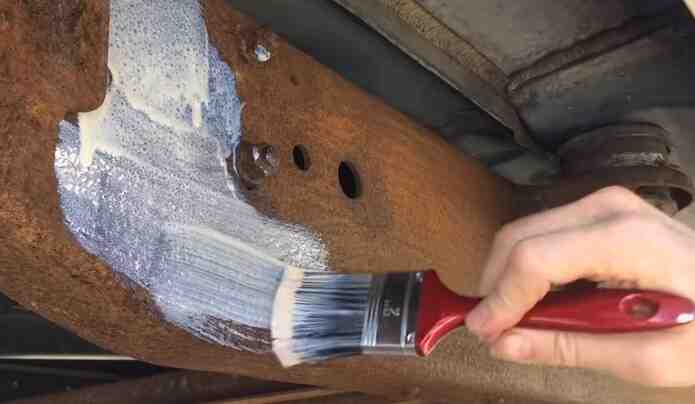
If you plan to paint rusty metal, it is important to use the right type of paint. Latex-based paints are generally preferable because they are easy to apply and dry quickly. Additionally, choosing a rust-inhibiting primer can help protect your painted surface from further damage caused by rusting.
For best results, opt for an oil- or alkyd-based primer, as these can better penetrate the surface of rusty metal. After priming, use a paintbrush or roller to apply an acrylic latex finish coat over your primed surface. With the right steps, you can properly paint rusty metal and create a beautiful look that will last for years.
What are some tips for sanding rust off metal?
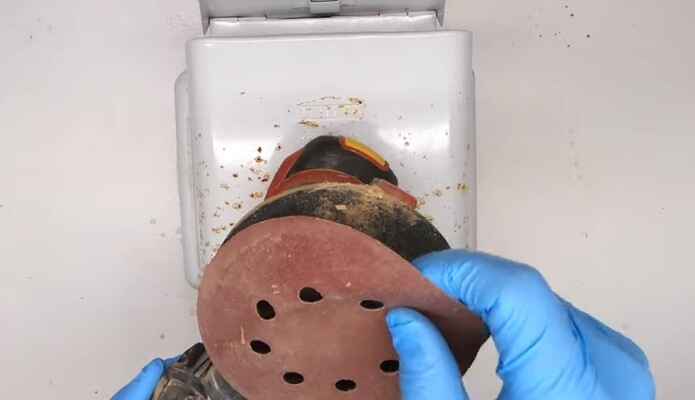
Rust can cause much damage to metal surfaces, but it doesn't have to be a permanent problem. You can restore your metal surfaces to their original condition with the right tools and techniques. Here are seven tips for sanding rust off metal:
1. Start with Coarse Grit Sandpaper
The first step to removing rust from metal is to start with coarse-grit sandpaper. This will help remove the thickest layers of rust quickly and easily. Be sure to use the right type of sandpaper for your project - if you're sanding metal, you'll need to use sandpaper specifically made for metal.
2. Use Medium Grit Sandpaper
Once most rust has been removed with the coarse-grit paper, switch to medium-grit sandpaper. This will help smooth out any remaining rust and provide a more even surface for finishing. Again, use the right type of sandpaper for metal surfaces.
3. Apply Even Pressure
When sanding, be sure to apply even pressure throughout the process. Uneven pressure can cause inconsistencies in the surface and make it harder for you to achieve an even finish later on. When using an electric sander, set the speed low to maintain control over the tool.
4. Clean Between Grits
It's important to clean between each grit of sandpaper you use to remove all the particles from the previous grit before moving on to the next. This will help keep your surface smooth and free of any potential damage from leftover particles.
5. Wear Protective Gear
Whenever you're working with power tools or abrasive materials, it's important to wear protective gear like goggles, gloves, and a dust mask. This will help protect your eyes, skin, and lungs from debris created during the sanding process.
6. Use a Vacuum
Use a vacuum cleaner with a dust-collection bag to keep your workspace clear of any dust or debris created during the sanding process. This will help make sure all particles are collected and disposed of properly.
7. Finish with Fine Grit Sandpaper
The last step in removing rust from metal is to finish up with fine-grit sandpaper. This will help create an even, smooth surface ready for painting or polishing. Be sure to switch back to coarse grit if you come across any areas with rust.
Following these steps when sanding rust off metal can help ensure your project succeeds and your metal surfaces shine like new!
Final Words
You can sand the rust off of metal using a variety of methods. The best method for you will depend on the type and extent of rust on your metal surface. If you have a small amount of light rust, you can probably remove it with a fine-grit sandpaper. You may need to use a power sander or chemical Rust remover for more stubborn or extensive rust.
Whichever method you choose, take safety precautions and work in a well-ventilated area to avoid inhaling rust particles. Do you have any tips for removing rust from metal? Please share them in the comments below!